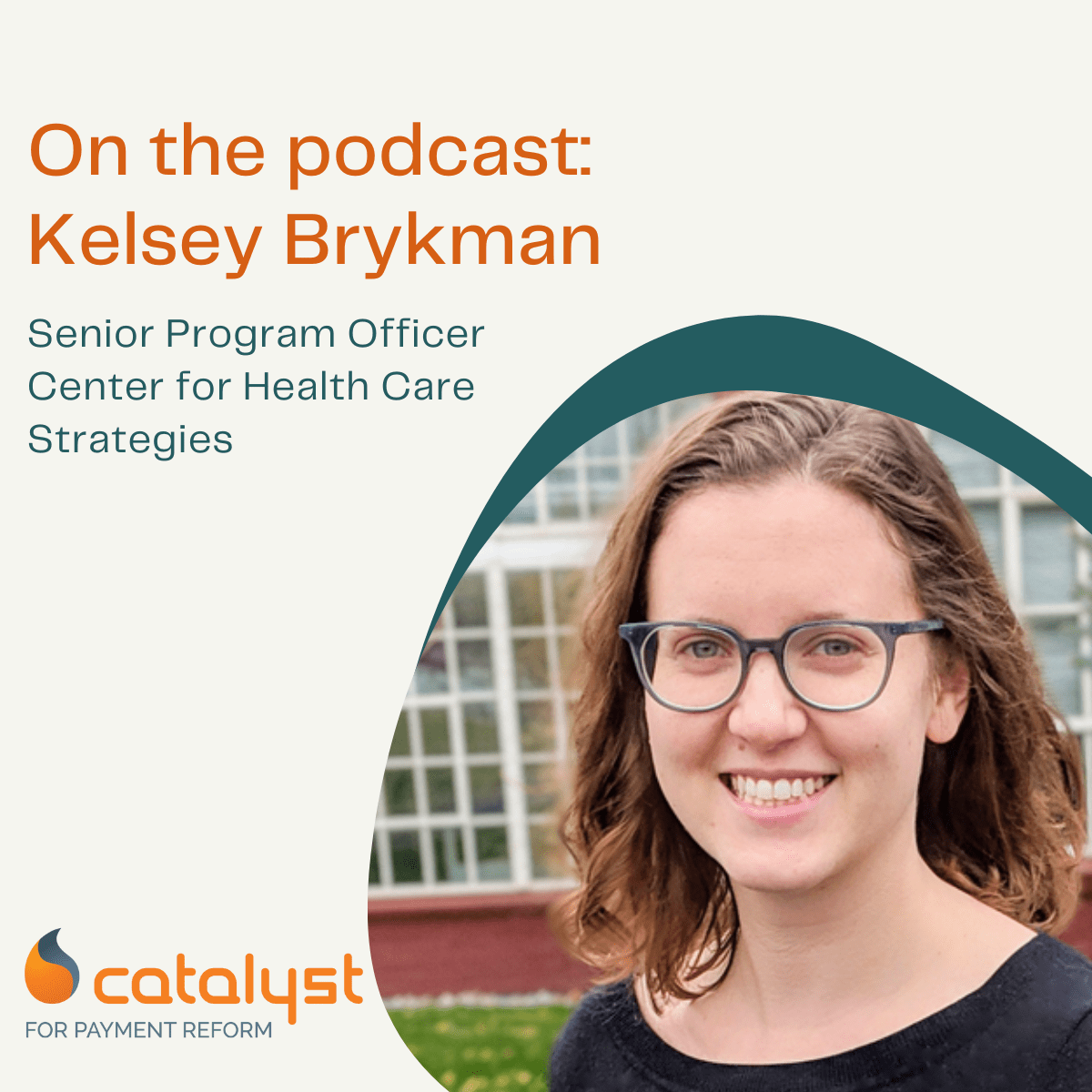
A Peek at CPR’s Equity Journey
As 2020 came to an end and the call to address equity in all facets of society, health care included, was at a ground swell, the Robert Wood Johnson Foundation

As 2020 came to an end and the call to address equity in all facets of society, health care included, was at a ground swell, the Robert Wood Johnson Foundation

Suzanne calls Kelsey Brykman, Senior Program Officer at the Center for Health Care Strategies to talk about the intersection of primary care and health equity.

Suzanne calls Kelsey Brykman, Senior Program Officer at the Center for Health Care Strategies to talk about the intersection of primary care and health equity.

Suzanne calls Kelsey Brykman, Senior Program Officer at the Center for Health Care Strategies to talk about the intersection of primary care and health equity.

Suzanne calls Rachael Jones, Senior Vice President, Performance Analytics & Quality at Cotiviti, to discuss health equity and what employers and other health care purchasers can do to advance it.